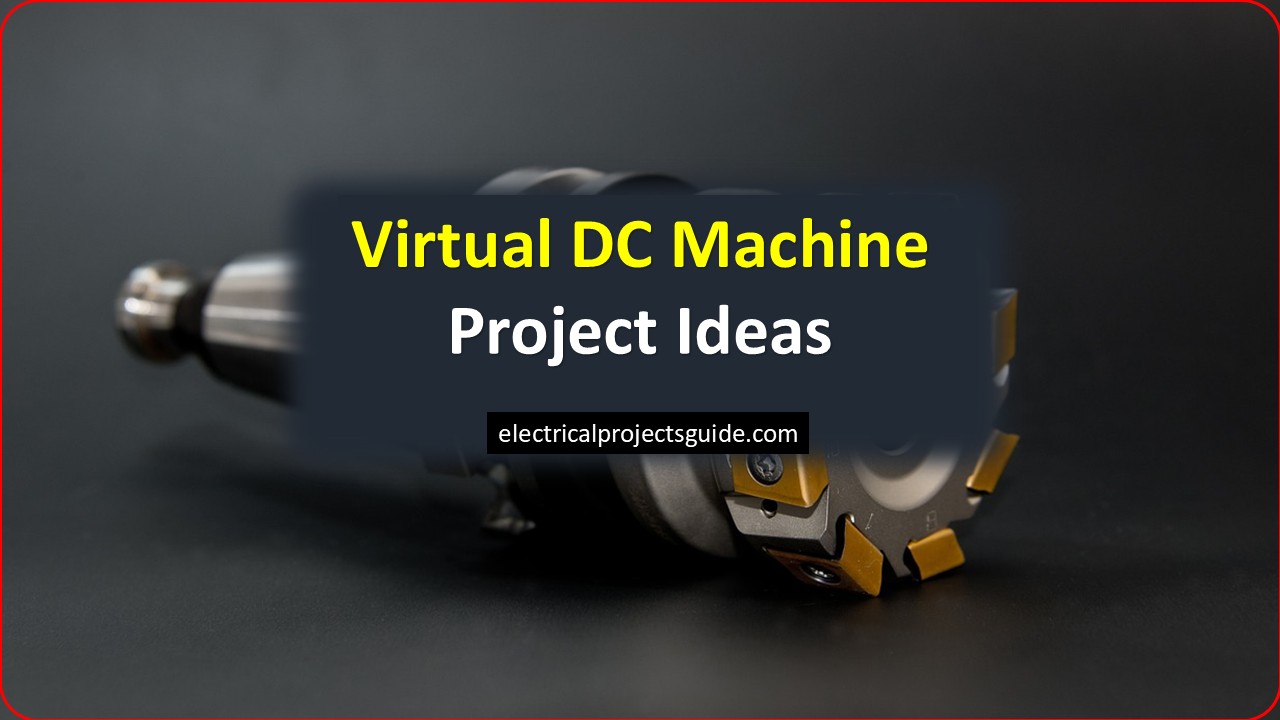DC microgrids are used in various fields such as Rural electrification, Industrial facilities, Research institutions, Commercial buildings, Islands, etc. In a DC microgrid (DCMG), the DC bus voltage is susceptible to power fluctuations caused by intermittent renewable energy sources and varying local loads.
How do we solve this problem without using an electric machine?
There are techniques to operate a bidirectional DC–DC converter as a DC machine, mimicking the inertia characteristics of a DC machine. This helps regulate DC bus voltage fluctuations during power fluctuations in the DCMG.
This concept is known as a virtual DC machine (VDCM). The VDCM is essentially a control technique for a bidirectional DC–DC converter, based on the principles of DC machine operation and speed control. The implementation, operation, controller design, and dynamics of the VDCM are also discussed.
A VDCM can easily switch between generating and motoring modes. Free from slower mechanical devices, a VDCM can rapidly transition between modes, providing an effective way to control storage devices in microgrid applications.
You can develop a project based on this concept.
The DC machine and controllers can be modelled in Matlab software and the effect of the VDCM on the power grid shall be studied as part of the project.
Here is a reference paper: Virtual DC machine: an inertia emulation and control technique for a bidirectional DC–DC converter in a DC microgrid – Samanta – 2018 – IET Electric Power Applications – Wiley Online Library
